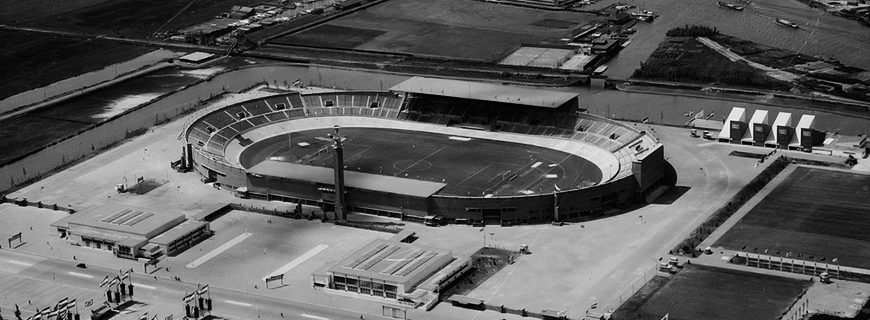
Architecture and Olympics – Bygone times
A rare combination which should be commonly known.
The word architecture is derived from the Greek word ‘architekton’ which means the chief carpenter. In ancient times, the one who designed the work in a good way was termed as an engineer, designer, or architect. The concept like training never existed as there were no formal guidelines or standards given.
Architecture as a profession evolved in different regions and countries gradually. In the USA, it was the year 1857 when the profession was accepted as a licensed one. Currently, there are numerous Architectural Design Firms providing design services with advanced technologies in this field. There has been a lot of advancement with respect to architecture as a business.
This organization of games took place every four years at the place called Olympia and the difference of time duration was known as Olympiad. So this way the contest was named as Olympic Games. The exact date when the games started is still unknown. But it is perceived as a part of history.
It is hard to believe that architecture was considered a sport in ancient times! But this is a reality one cannot ignore. Moreover, it was not only limited to participating but also rewarding to deserving participants.
There was a time in Greece when two prominent professions today – art and sports were parallel to each other as people used to think that exercising body and mind both were equally important in life. This combination was something unique in itself. Keeping the point in mind, the father of modern Olympics Pierre de Coubertin felt that the mixture of athletes and artists needs to be involved again in the sports contests. Art Competitions that focus on sports were included in the Olympics and Architecture was considered a major game contest.
De Coubertin shared the idea with the Olympic congress in 1906 and made it public. However, the implementation was not done in the 1908 Olympics game. After changing the format of sports which required proper structure, Architecture acquired a place in the 1912 Olympics which was held in Stockholm. The big decision was criticized at the initial stage but eventually, it got its place in the game.
Since there were no formal training programs, knowledgeable sources, expertise, and experience, the field of architecture could not be developed at that time. So categories in architecture competition were town planning, built work, and speculative designs. The judges had to consider the only projects related to or which had some link with sports and consider them for awards.

There were 33 participants in the art competition in the 1912 Olympics. The art competition got less response in the year 1920 at Antwerp and this affected architecture competition. But in 1924 it drew the attention again the same way it received in the initial stage. This continued even in the 1928 Olympics in Amsterdam where items of art competition were exhibited at the municipal museum.
Not only there was huge participation but the best work was awarded medals in the field of architecture. Some notable achievements are Walter Winans from the USA who was a champion in the sculpture. A participant from Hungary named Alfred Hajos won a silver medal in architecture in the early 19’s. In the 1928 Olympics, France participant Paul Landowski won gold for a boxer sculpture. His remarkable work is a statue of Christ the Redeemer in Rio de Janeiro.
This way different art competitions like architecture were an eminent part of sports contests till 1948. International Olympic Committee (IOC) in 1949 decided to drop the art competition because there was no significant difference at the Olympics. In 1952, the decision of dropping the art was re-evaluated, but was rejected again due to committee opinions. So rather than giving a zero appearance, they decided to substitute the competition with art exhibitions.
We can say that history repeated itself because in ancient Greece the architecture competition was put aside and it was again noticeable in the 20th century. The reason is the evolution of new techniques, methods, and ideology with time. There are some buildings which are still standing today which makes it a remarkable achievement. In 1936, Hermann Kutschera of Austria won a gold medal for Skiing stadium design but it was not built.




